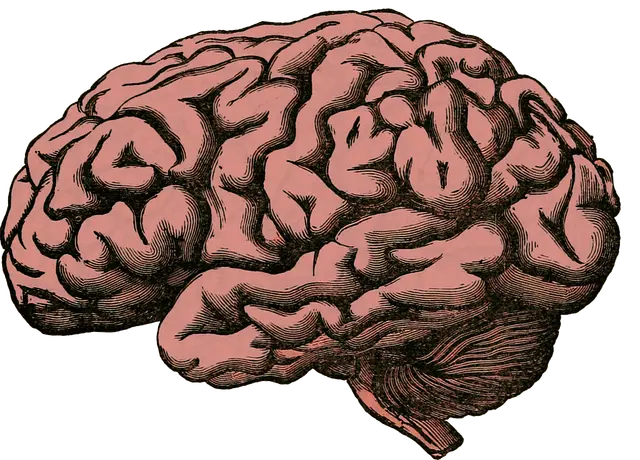Starter quiz
- Which of these is a skull?
 A ✓
A ✓ B
B C
C D
D
 Where is a human’s brain?
Where is a human’s brain?- inside the skull ✓
- inside the rib cage
- inside the pelvis
-
 Which arrow is pointing to the jaw on this skull?
Which arrow is pointing to the jaw on this skull?- A
- B
- C ✓
-
- The remains or imprints of living things that are sometimes preserved in rock are called ...
- 'fossils' ✓
 What is the purpose of a skeleton?
What is the purpose of a skeleton?- support, digestion and movement
- support, protection and movement ✓
- movement, digestion and sensing the world around us
- movement, protection and sensing the world around us
-
- What are the ancestors of living things?
- the offspring of a living thing
- a thing that will live many years in the future
- a thing which lived in the past as part of your family ✓
- living things that are alive at the same time
-
Exit quiz
- We call the time period before written records of human life began ______ times.
- 'prehistoric' ✓
- Two of these skulls are from prehistoric times, one is a modern day skull. Which is the modern day skull?
 A
A B ✓
B ✓ C
C
- What can scientists who study prehistoric humans use to gather evidence about how our ancestors have changed over time?
- photographs of prehistoric humans
- diaries of prehistoric humans
- fossils of prehistoric humans ✓
-
- How long has it taken for the shape of human skulls to change so that the jaw is smaller and there is more room for a larger brain?
- decades
- centuries
- millions of years ✓
-
 Which of these changes have been observed in the skulls of humans over millions of years?
Which of these changes have been observed in the skulls of humans over millions of years?- changes in skull shape ✓
- changes in material
- changes in jaw size ✓
- changes in number of facial features
- changes in brain size ✓
-
 What do scientists suggest is a possible reason for modern human skulls having smaller jaws and teeth than those from millions of years ago?
What do scientists suggest is a possible reason for modern human skulls having smaller jaws and teeth than those from millions of years ago?- Our diet is made up of softer, more processed food now. ✓
- Our diet is made up of harder, more chewy food now.
- Our teeth are better looked after by dentists now.
- Our teeth are brushed more thoroughly now.
-
Worksheet
Loading worksheet ...
Presentation
Loading presentation ...
Video
Lesson Details
Key learning points
- Scientists who study humans depend on fossil evidence to help them learn about how our ancestors have changed over time.
- Human skulls can show changes in characteristics such as: skull shape, brain and jaw size.
- Modern day skulls show differences, suggested by scientists, linked to humans chewing softer, processed food.
Common misconception
Pupils may think that humans as we know them have always looked the same as they do now.
Use the images of skulls in the slide deck to clearly show how humans’ appearance has changed over many thousands of years.
Keywords
Prehistoric - Prehistoric times are time periods which came before written records began.
Fossil - A fossil is the remains or imprint of living things that are sometimes preserved in rock.
Evidence - Evidence is information which helps us to prove that something is true or not true.
Ancestor - Your ancestor lived in the past and is directly related to you.
Skull - The skull is the name for the bones of the head.
+